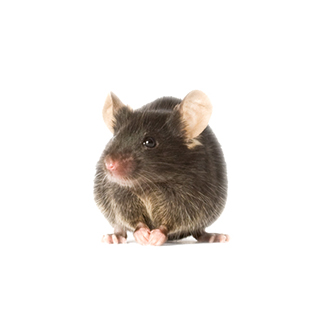
JAX ® Mice are the best characterized and most widely used mice available. More than 80% of all mouse-related research publications that cite a strain source use JAX ® Mice.
More than 700 data sets using JAX ® Mice almost exclusively have been contributed by the world-wide mouse research community to the Mouse Phenome Database (MPD) , and are freely available.
MPD holds data from more than 447 different JAX strains, including 46 of the most commonly used inbred mice. Included data sets are baseline, physiological phenotypes for 11 of our most popular JAX ® Mice strains. For each of these strains, we have prepared comprehensive physiological data summaries that combine the data investigators most frequently need. These data are an invaluable reference for helping scientists select the most appropriate mouse models for their research.
For those strains for which they are available, the physiological data summaries may be accessed from each strain’s datasheet under the “Disease and phenotype” tab, or from our Most popular JAX® Mice web page.
Complete details regarding the protocols that were used to collect the data are available, also.

Over 30,000 peer-reviewed publications cite use of JAX® Mice strains. Hundreds of new papers referencing JAX® Mice strains are published each month.

JAX maintains the largest repository of mouse models in the world - over 13,000 strains. Search the JAX Mice Database to find your mouse.

This resource is a collaborative standardized collection of measured data on laboratory mouse strains and populations.
Many researchers use body weight as a basic indicator of mouse health and overall general condition, and sometimes as criteria for selecting the most appropriate strain for their studies.
Knowing the cellular components of blood allows researchers to assess animal health. The profiles include:
Many scientists use serum biochemistry as a primary health indicator and to investigate commonly found disease states. Serum biochemistry data includes: